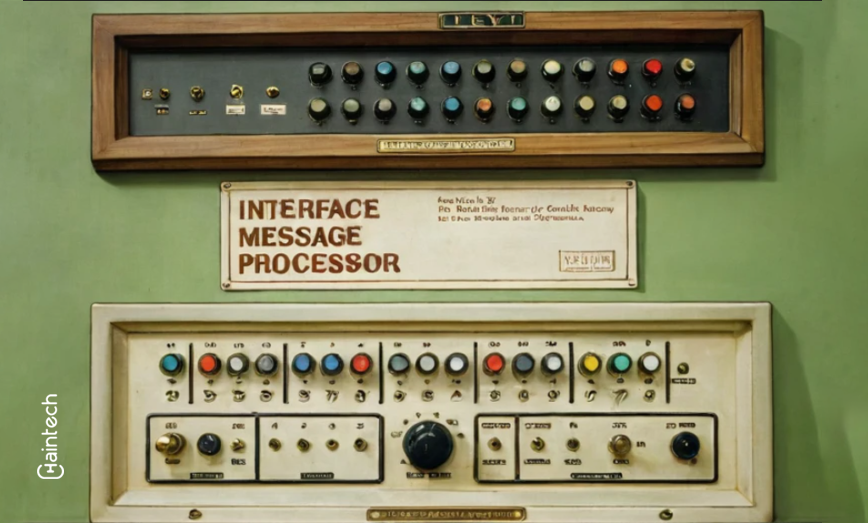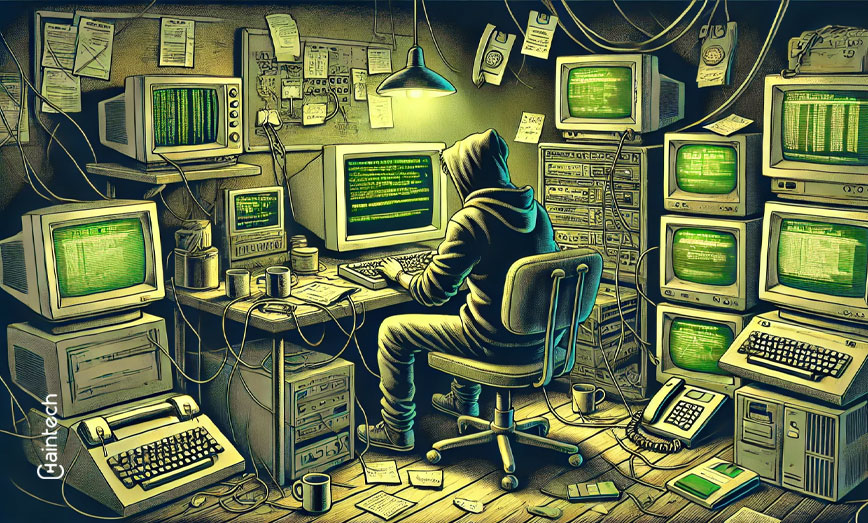1980: The Year Of ARPANET Crash

Introduction
Welcome, esteemed readers, to another captivating chapter of our Hacking Series. Today, we embark on a journey through the corridors of cyber history, casting our gaze back to the year 1980. ARPANET, the pioneering network that laid the groundwork for our modern Internet, was pulsated with vitality, interconnecting users in a sprawling digital expanse. Yet, amidst this bustling space of communication, a singular event unfolded, casting ARPANET into shadows of uncertainty. Together, let us delve into the depths of this enigma—the ARPANET crash of 1980—and uncover its profound repercussions across the digital landscape.
The ARPANET Crash
It was an ordinary day when the 11-year-old ARPANET faced a significant challenge: a harmful virus. The pressing question was: how did this virus breach the network’s defences? Well, it all started with ARPANET’s core machines – the Interface Message Processors (IMPs). These machines acted like guardians, similar to today’s routers, translating messages into ARPANET’s language. But on October 27, 1980, IMP29 had a problem with its hardware. This caused corrupted messages to spread through the network, like a digital sickness, making ARPANET stop working.
The failure was a lot like when a website gets flooded with too many requests, known as a distributed denial-of-service (DDoS) attack. In this case, the network was bombarded with corrupted messages that caused chaos. The problem was made worse because the system that usually catches errors was turned off, and a mistake in how the network handled time also made things worse.
As the virus spread across ARPANET, chaos followed. Connections broke, and communication stopped. For nearly four hours, the network was dead, like a deserted digital town. Every machine, from one end of the country to the other, stopped working, needing people to fix them manually. This showed how vulnerable the network was, highlighting the dangers when unexpected problems happen.
Getting Back on Track
The impact of the ARPANET crash was significant, resulting in nearly four hours of disconnection. During this time, every node in the network had to be shut down and restarted manually. This manual intervention disrupted communication and hindered the exchange of information across the network.
In response to the crisis, remediation efforts were swiftly initiated. However, due to the nature of the corrupted status messages, the process of shutting down and restarting each node proved to be intricate and time-consuming.
The incident prompted a comprehensive reevaluation of existing network monitoring tools. Additionally, a new generation of Interface Message Processors (IMPs) was developed, enhancing error detection capabilities to protect the network against future threats.
Furthermore, measures were implemented to address specific vulnerabilities identified during the incident. For instance, corrective actions were taken to rectify the timestamp calculation error in the garbage collection utility. These simple yet crucial fixes were instrumental in safeguarding the network and mitigating the risk of similar incidents occurring in the future.
Lessons from the Past
The ARPANET crash of 1980 serves as a cautionary tale in the evolution of computer networks, underscoring the critical need for proactive error detection and robust safeguards. This pivotal event shed light on the far-reaching consequences of seemingly minor coding errors, emphasizing the importance of meticulous attention to detail in network design and maintenance.
Moreover, the ARPANET crash catalyzed advancements in network security, prompting a paradigm shift in cybersecurity practices. Lessons learned from this incident have reverberated through the decades, informing contemporary approaches to safeguarding digital infrastructure against ever-evolving threats.
As technology continues to advance, so should our approach to cybersecurity, ensuring that networks remain resilient and adaptive in the face of emerging threats.
For more such interesting tales, stay tuned with us!
More on the incident: http://www.faqs.org/rfcs/rfc789.html









